Political Law at Peru
Political law in Peru covers the body of legal norms that regulate the political system, governance, and public administration, including the structures of the government, the electoral system, political parties, and human rights protections. Some key elements of political law in Peru include:
1. Constitution of Peru (1993, amended)
The Constitution of Peru is the supreme law of the land and provides the fundamental framework for the political and legal system. It defines the separation of powers, the structure of government, and the rights and duties of citizens. Key provisions include:
The separation of powers: The Constitution establishes the executive, legislative, and judicial branches, with checks and balances among them.
Electoral system: It regulates the processes of elections, referendums, and plebiscites, ensuring that these are free and fair.
Human rights: The Constitution guarantees civil and political rights such as freedom of speech, assembly, and the right to participate in political life.
2. Electoral Law
Peru has a complex system for elections, including the:
Electoral Jurisdiction: Managed by the National Jury of Elections (JNE), which supervises elections, candidate registration, and vote counting.
Political Parties: Political parties must meet certain requirements to participate in elections. These include organizing at a national level, registering candidates, and ensuring internal democracy within the parties.
Elections and Referendums: Peru uses a mixed-member proportional representation system for legislative elections, and the president is elected through a two-round system. This system encourages coalition politics and the participation of a variety of political factions.
3. The Presidency and the Executive Branch
The President of the Republic of Peru is both the head of state and government. The executive is structured as a unitary presidential system where the president has substantial power but is checked by the legislature and judiciary.
Presidential Powers: The president has significant executive powers, including issuing decrees, directing foreign policy, and commanding the military.
Cabinet: The president appoints a Council of Ministers, including the prime minister, to assist in the administration of the government.
4. The Legislative Branch
Peru has a unicameral legislature known as the Congress of the Republic. The legislature is composed of 130 members elected every five years.
Powers of Congress: The Congress is responsible for passing laws, approving the national budget, ratifying treaties, and overseeing the actions of the executive branch.
5. Judiciary
Peru has an independent judiciary that ensures the constitutionality of laws, resolves disputes, and protects human rights.
Constitutional Court: This court has the authority to declare laws or acts of the government unconstitutional.
Supreme Court of Justice: The highest court in the country that has authority over civil, criminal, and administrative cases.
6. Human Rights and Political Freedoms
Freedom of Expression: Peru guarantees the right to freedom of expression and the press, although in practice, there are challenges related to media independence and freedom.
Participation Rights: Citizens have the right to participate in politics, including voting in elections and holding public office.
Indigenous Rights: Peru has laws that protect the rights of indigenous peoples, recognizing their land and cultural rights.
Judicial Review: There are mechanisms for citizens to challenge laws or actions by the government in court, especially when these actions infringe on human rights or constitutional rights.
7. Political Instability and Corruption
Political law in Peru has also been shaped by a history of political instability and corruption scandals. Multiple presidents have faced accusations of corruption, which has resulted in impeachment and removals from office. In recent years, the country's political environment has been marked by a high turnover of presidents, frequent political conflicts between the executive and legislative branches, and protests against perceived government corruption.
8. Reforms and Challenges
There have been various calls for political and electoral reforms in Peru, particularly in areas like:
Electoral integrity: Ensuring transparency and fairness in the election process.
Decentralization: Strengthening local governments and improving the political representation of regions outside of Lima.
Anti-corruption measures: Addressing pervasive corruption that undermines public trust in the political system.
9. Recent Legal Developments
Political Reforms: Peru has introduced reforms to address party fragmentation, introduce gender parity in politics, and improve the functioning of Congress.
Impeachment Procedures: The Constitution also allows for the impeachment of the president, a process that has been invoked multiple times in recent years. This includes the constitutional grounds for removal (moral incapacity, etc.).


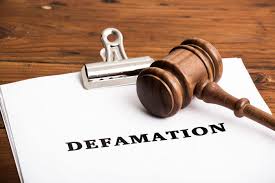



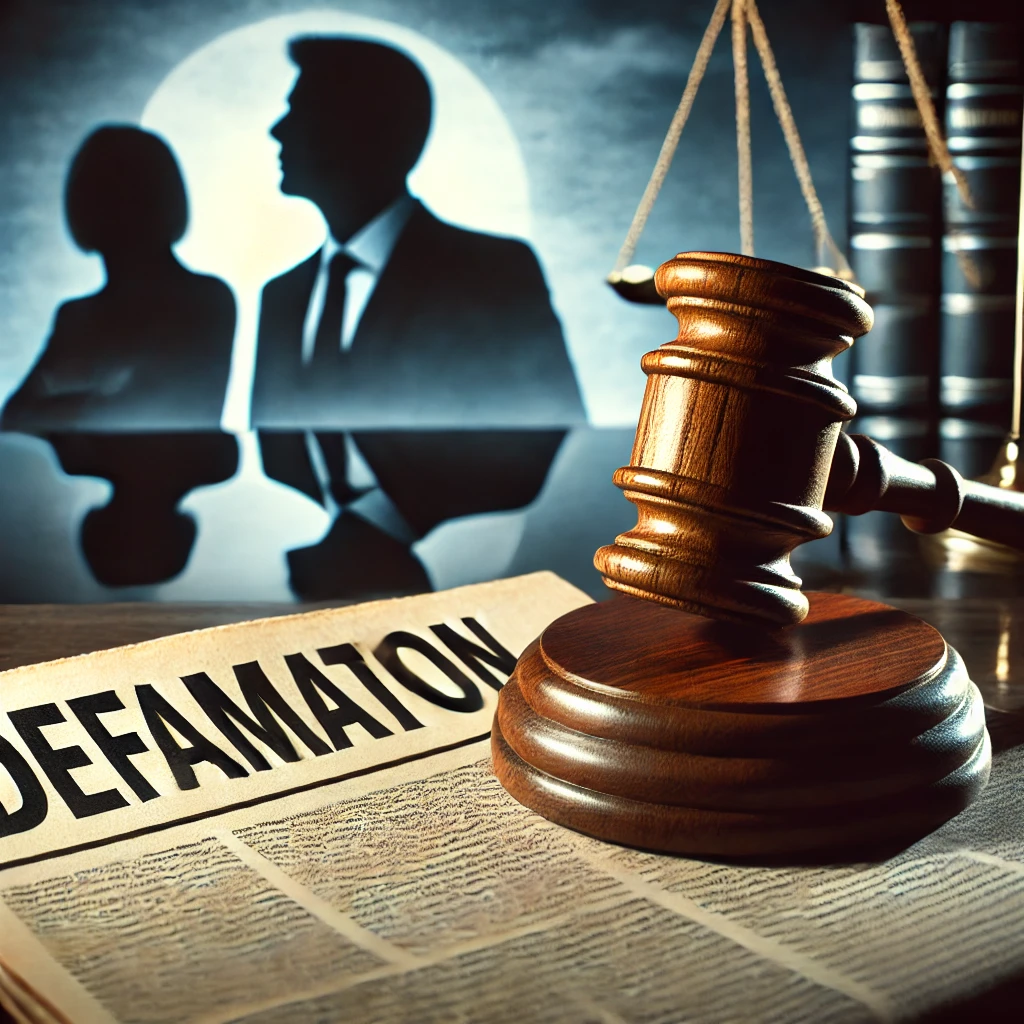
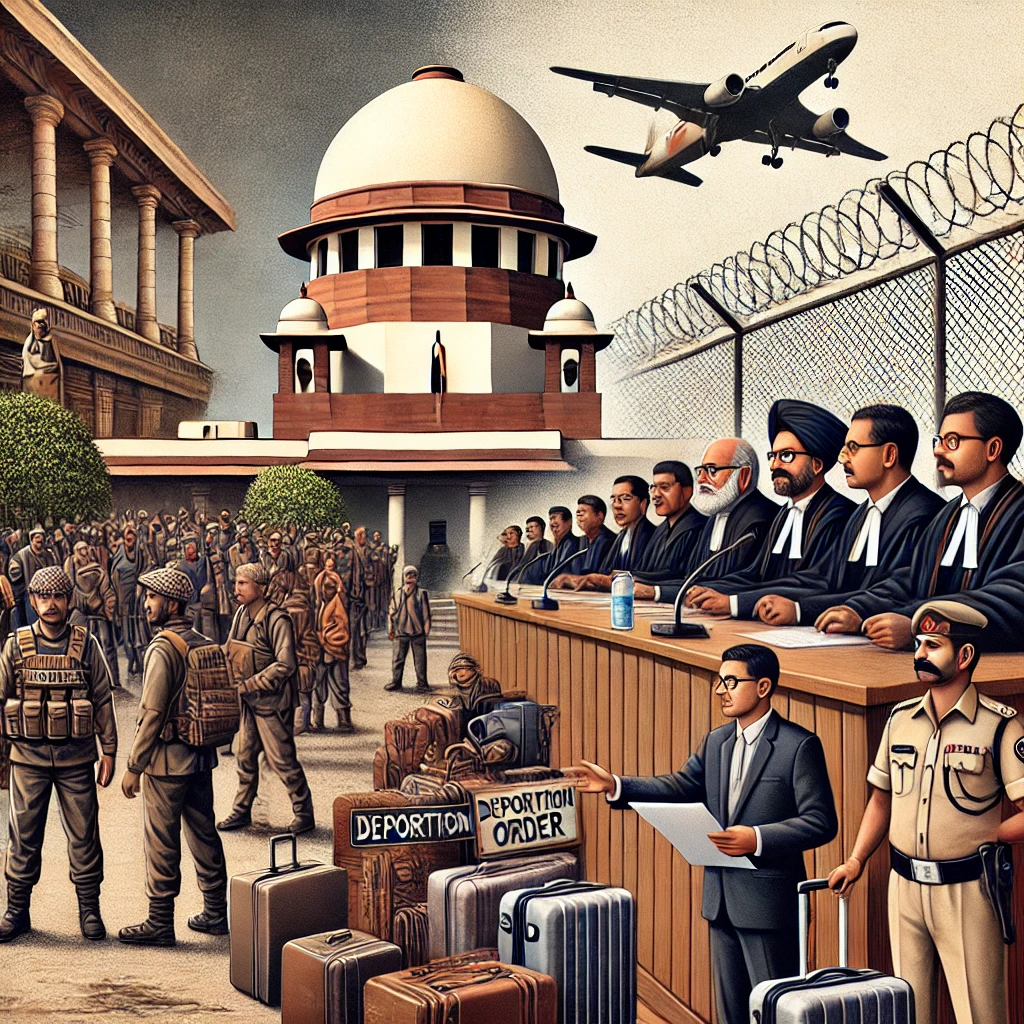

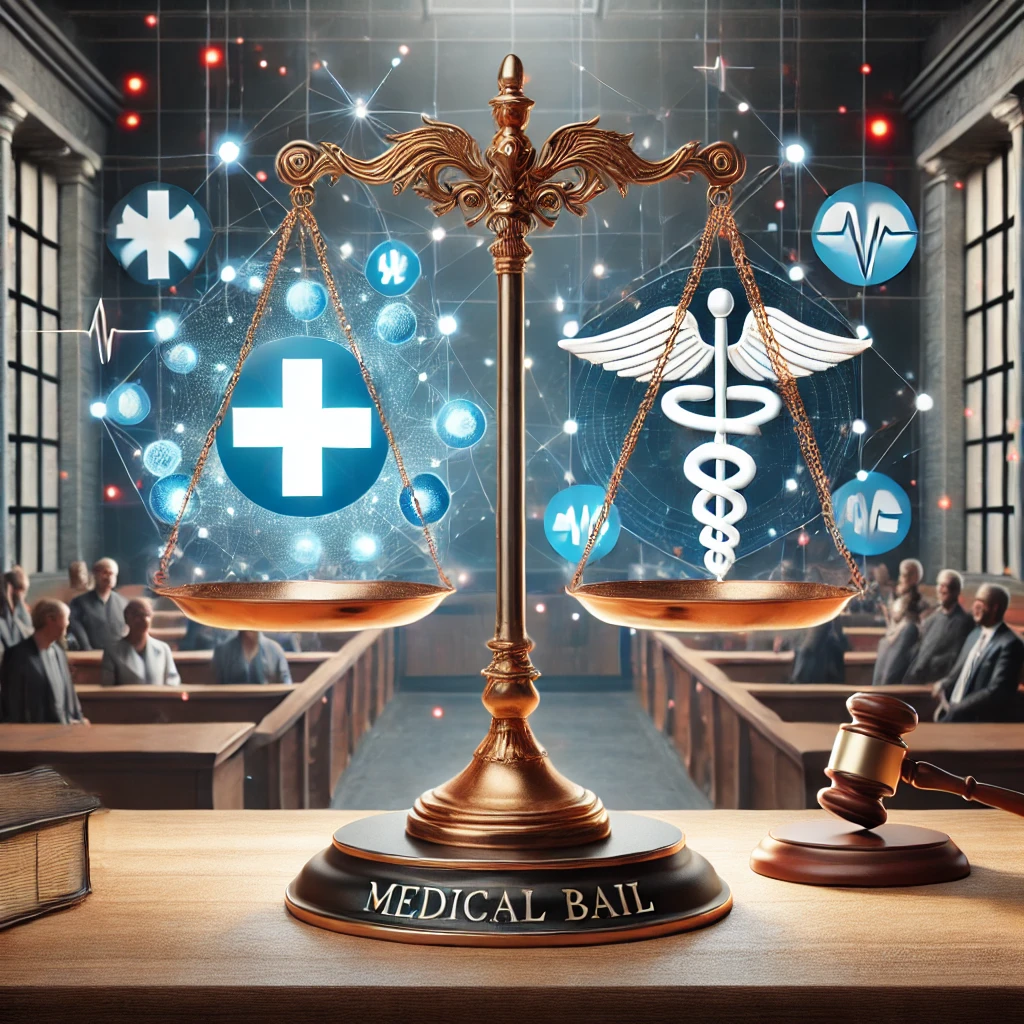







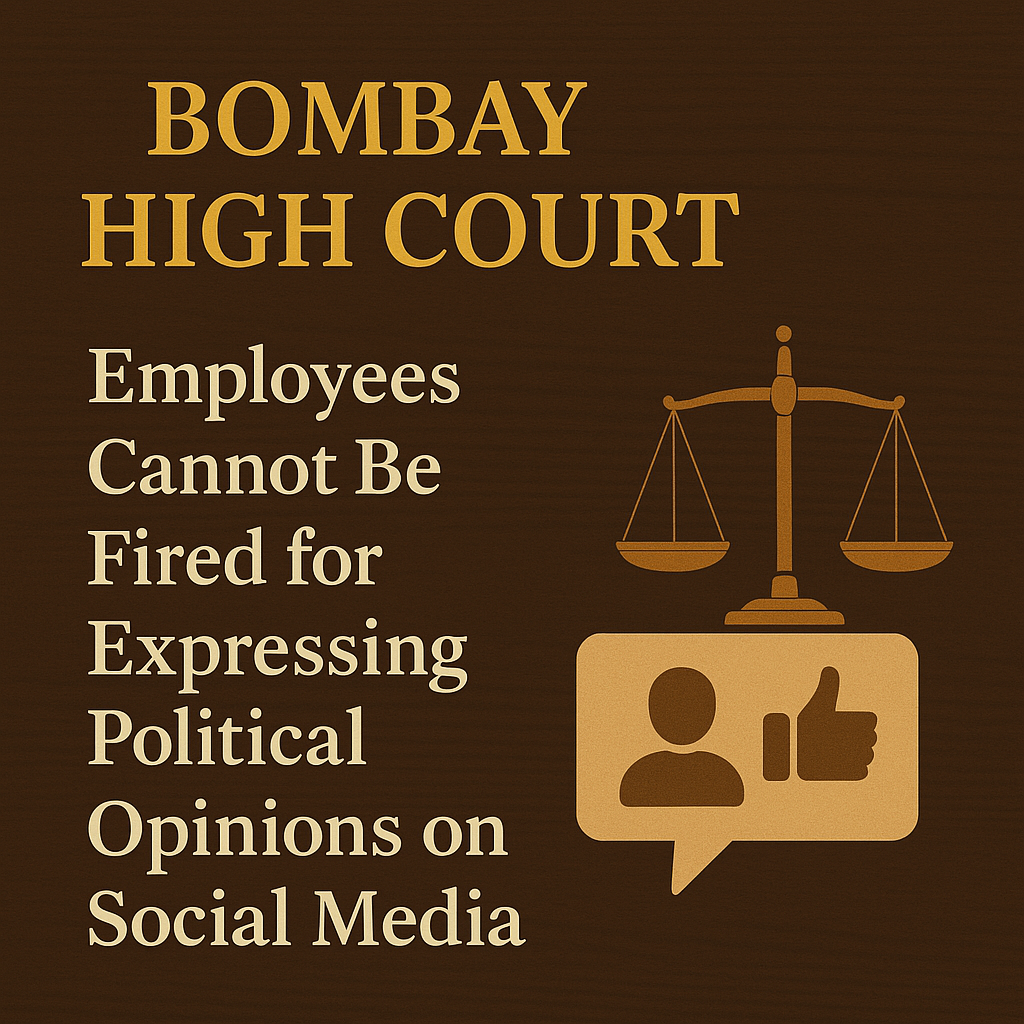



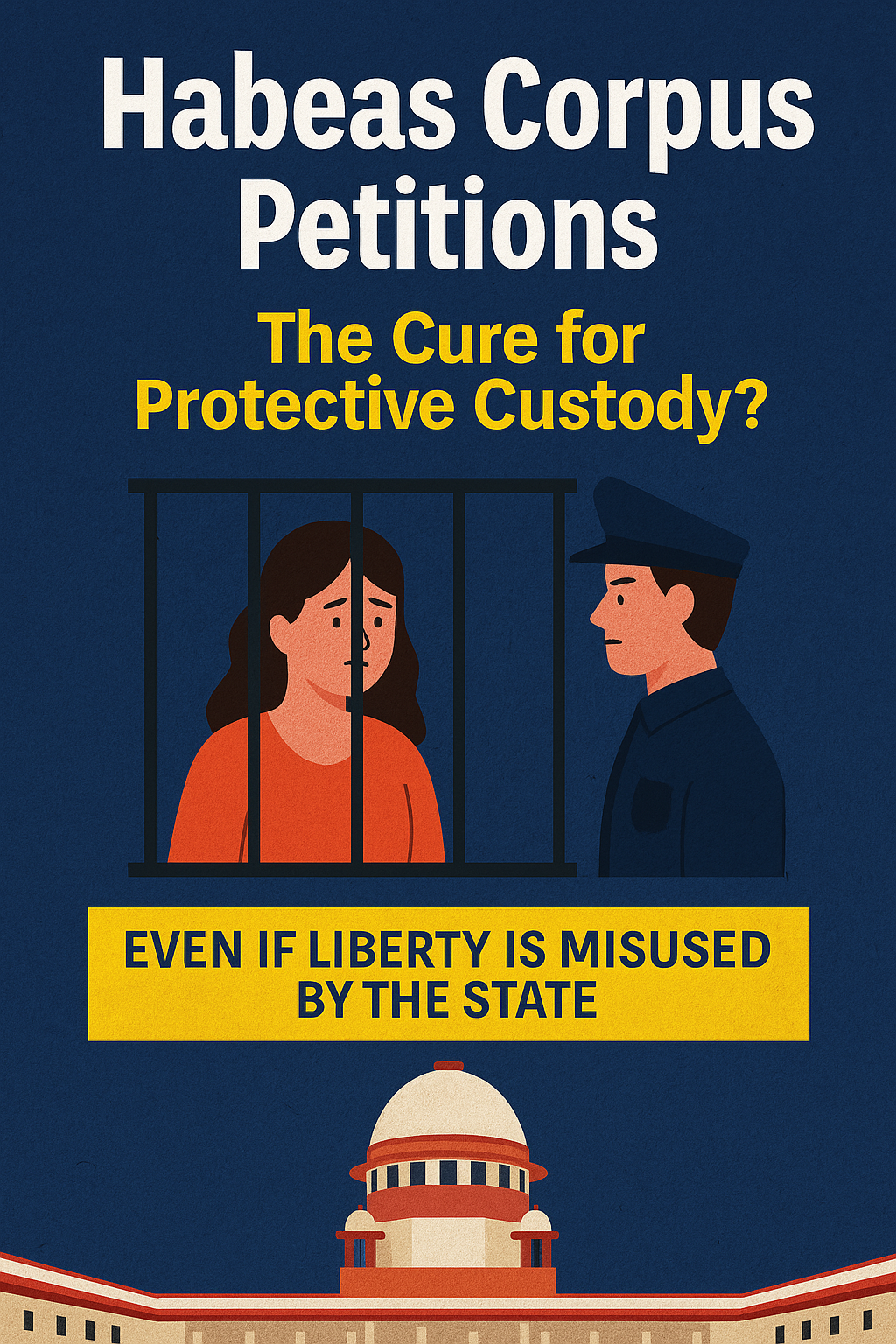
0 comments